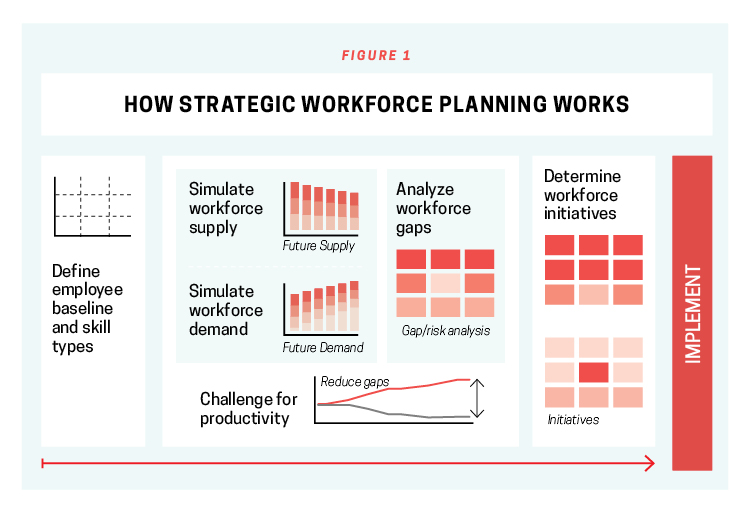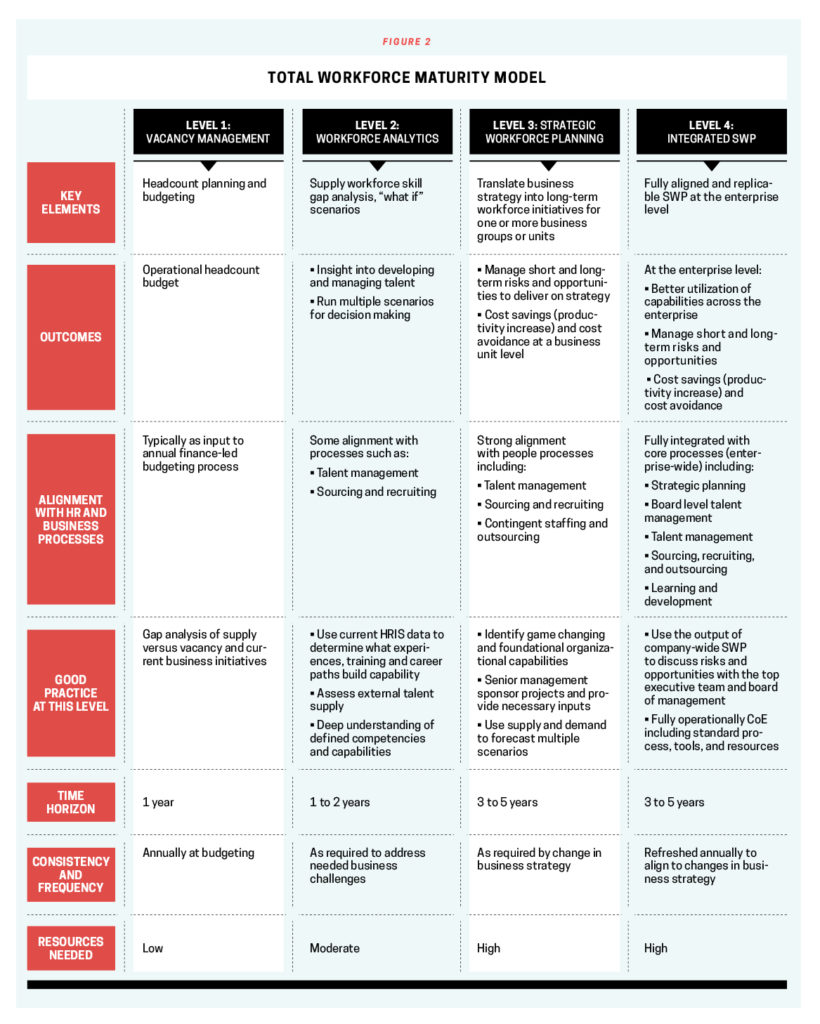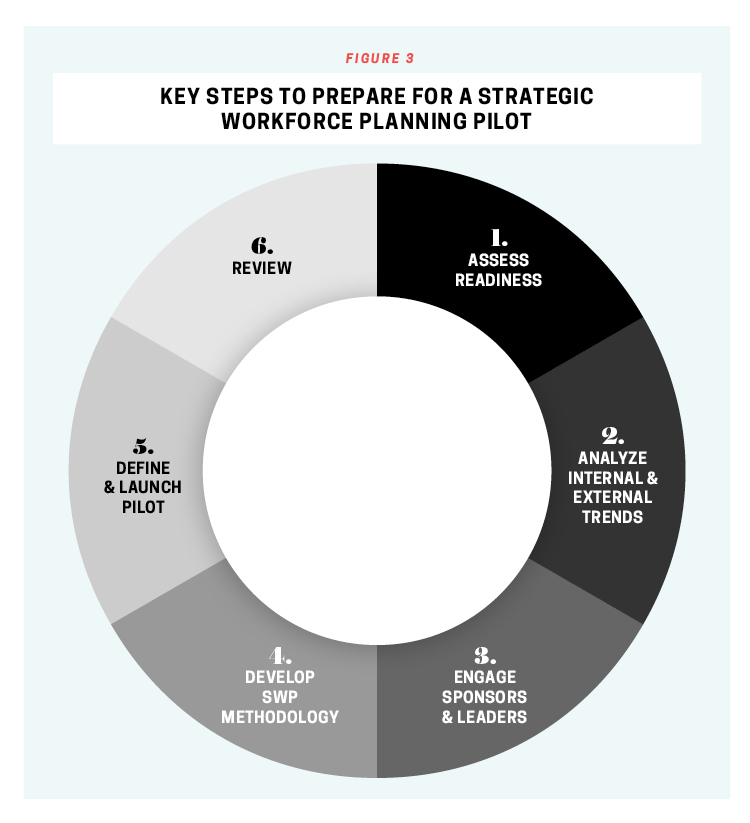If there’s one thing COVID-19 has made clear, it’s this: Your future can completely transform in a minute. To keep up, you’ll need to build this critical competency.
By Lisa D. Danels and Christian Neubert
Is your organization skidding toward irrelevancy? Before you shout a resounding “no way,” consider the plight of the taxi driver.
Five years ago, when you had to get from point A to point B in a major metropolitan area, you called a cab, paid the fare—pricey at the time, outrageous in retrospect—and successfully avoided relying on public transportation. For the men and women who made an honest living taking people where they needed to go, business continued to boom, just like it had for decades. Little did they know their lifeblood would soon be jeopardized by a ride-sharing startup still percolating in San Francisco.
Uber Technologies started in 2009. By 2016, it operated in 83 countries and 674 cities and reached $20 billion in revenue. In 2017, Uber transported 40 million customers per month and reached a startling 77 percent share of the U.S. ride-hailing market. Uber’s blistering rise to success directly correlates with the decrease in traditional taxi usage. This is just one example of how a technology platform can lower the barrier of entry across industries and integrate value chains that rapidly erode organizational boundaries.
Another driver of change: the rise of the digital age. Per The Financial Times, Dr. Vasant Narasimhan, the newly appointed CEO of Novartis, estimates that the cost of clinical trials could be cut between 10 to 25 percent if digital technologies were used to carry them out more efficiently.
Big data isn’t going away any time soon. If you want your company to still have a horse in the race, you have to build individual and organizational capabilities around this changing landscape. According to research from Accenture and the World Economic Forum, for organizations to truly become digital, they’ll need to address four critical areas: business strategy, operating models, leadership skills, and culture.
But focusing on big data alone isn’t enough to transform your business from traditional to digital. You also need leaders who know how to design and run a business differently. The problem? These skills are in exceedingly short supply in the market. Worse yet, if your company is lucky enough to hire one or more of these digital leaders, the likelihood of them leading a full transformation is very low, as they tend not to be good culture fits for slower-moving, traditional organizations. That’s why it’s better to develop such leaders in house.
Fail to address this crucial talent shortage quickly and strategically and you risk a loss of competence, an increase in costs, less innovation capability, and a decline in productivity. Many organizations are affected directly via their age structure within the company or indirectly via demographic decline of labor supply and talent scarcity in the employment market. Global companies are now forced to rethink their workforce strategy due to new ways of working together, automation, artificial intelligence, trends in hyper-connectivity, and meeting the diverse needs of multiple generations.
The future is rapidly transforming. To keep pace, you’ll need to de-risk your organization’s strategy execution. Three initials—SWP—offer the best place to start.

What Is Strategic Workforce Planning?
Strategic workforce planning enables organizations to translate their business strategy into future work requirements, which identifies risks and talent gaps. It simulates multiple scenarios and derives actionable initiatives to close the gaps, while driving productivity and efficiency gains. When done well, SWP provides line leaders with the right insights to make more impactful decisions and helps organizations avoid expensive downsizing.
The core of SWP compares workforce supply and demand over a set time period. Supply is projecting your internal talent reserve by looking at current attrition and retirement rates over a period of time. As part of this process, a company can also examine the talent supply in the market. To know the real risk, each company will determine how easy it would be to attract talent based on multiple factors, including reputation. This critical step allows companies to see if their plans are feasible. For example, if a company needs digital marketers and there’s a talent shortage in the key locations, then it needs to hatch a more viable plan.
SWP is one of the few HR disciplines that either isn’t known, or widely misunderstood. As data analytics gains more momentum, companies believe that simply predicting supply and using some advanced analytics techniques is enough. But if you want to fully de-risk your strategy, you’ll need to take an additional process step that predicts demand.
The demand supply process includes translating the business strategy into business drivers (algorithms) to model and predict workforce requirements in headcount, capability, location, and cost. This is the core engine of SWP. At a high level, it’s done through consulting with line leaders and HR to translate the business strategy into game-changing and critical organization capabilities that are needed in the mid- to long-term to deliver on the business strategy. Then business drivers and multiple business scenarios are used to simulate human capital needs.
In the demand-modeling phase, business leaders are also asked to identify the levers for higher productivity and efficiency, such as technology enablement investment, economies of scale, cost avoidance by unnecessary hiring or layoffs, and leveraging the augmented workforce. One side benefit of SWP during the demand step is it gives line leaders an opportunity to reflect on their business and aligns leadership teams on their operating assumptions.
Until these deep discussions take place, leaders usually have different assumptions on how the business operates, thus limiting the decision-making power of the whole team.
See Figure 1 for the overall strategic workforce planning process.
Strategic Workforce Planning in Action: A Client Case
When a life science company’s head of strategy was concerned over whether its hyper-growth strategy could be executed given the anticipated talent risk it faced, the organization invested in SWP to shape its new business strategy. After running a few pilot projects in R&D and emerging markets, the company’s leaders found multiple benefits: Besides de-risking the capability gap concern they faced, they materialized several tangible benefits, including hundreds of millions of dollars in cost savings and cost avoidance over 8 years.
The default approach has always been to hire external talent from the market when needed. With SWP, this company learned to analyze its future workforce supply and demand, and identify targeted initiatives that close the gaps internally. The organization realized it could develop its own talent when and where it needed it, which helped reduce external hiring (of more expensive staff) and avoid costly layoffs. In other cases, the company looked at partnering with external parties to meet its talent needs, particu-larly for senior experts in niche areas.
The company’s initial investment was paid back within months by the materialized cost savings. Moreover, the organization managed to realize significant productivity gains by challenging and changing the resourcing model to selective outsourcing.
Total Workforce Maturity
According to Bersin by Deloitte, although 92 percent of companies have some level of workforce planning, only 21 percent take a strategic, long-term approach. Human Edge has constructed a workforce maturity model to help organizations understand the level of maturity at which they’re operating. Level 1 is headcount planning and budgeting; level 2 is workforce analytics focused on supply; level 3 is SWP for a subset of the business; and level 4 is fully integrated enterprise SWP (see Figure 2).
For companies to be successful at total workforce management, they need to master levels 1, 2, and 4. It’s important to point out that you can achieve level 3 without accomplishing level 2, and vice versa. We’ve seen some clients invest heavily in level 3 and not get the maximum benefit because they didn’t invest in level 2. When a company combines levels 2 and 3, it will better understand the gaps and know the best levers to pull to most adequately develop the critical skills needed.
Most companies usually engage in multiple initiatives and then hope for
the best. With level 2 analytics, a company will have greater certainty and can invest more wisely in its workforce initiatives to gain a higher return on investment. The same is true for advancing from level 3 to 4: When you move on to level 4, there’s a consistent approach to SWP and a better utilization of capabilities across the enterprise.
At this level, there are also more synergies for cost savings (productivity increases) and cost avoidance. The business unit data can be rolled up to the enterprise level, which gives executives the data and insights they need to make key strategic decisions on behalf of the whole company.
Total Workforce Management: Where to Begin?
You don’t need to master levels 1, 2, and 3 in sequence. Our clients usually experiment through various pilots for levels 2 and 3. To identify level 2 pilots, engage with HR business partners to discuss current business challenges that need to be addressed. One pharma client, for example, had a big challenge with sales turnover in a specific region.
This company needed to understand the root cause to alleviate the problem. After some deeper analysis, the leaders determined they were introducing a limited number of new drugs in one disease area. The salespeople didn’t see a future, and thus were leaving in droves to go to the competition.

How to Prepare for a Strategic Workplace Planning Pilot (Level 3)
When preparing for a pilot, it’s important to assess readiness and test the methodology before scaling across an organization. Your best move: Locate a pilot project that’s in a stable business. A sub-function that’s multinational or global often works best with some complexity and several different roles. The next step is to engage a senior-level sponsor and the leaders in the business to ensure that you have the necessary backing and commitment.
Without this support, the pilot will take much longer to achieve results, and the project will start competing with other critical business initiatives. Our experience shows the absence of business leadership is the major derailer to successful SWP. That’s why it’s key to consider this ahead of initiating any projects in this space (see Figure 3).
As a company, you must decide whether to build the capability in house or rely solely on consultants for delivery. In our experience, building internal capability is a better choice to enable HR to be true business partners and lower cost over time. If you go this route, you have two choices: run multiple projects over a period of time and learn as you go, or hire a full-time expert to look for a consulting company that brings deep expertise in your business and in SWP.
The latter, more aggressive choice allows your company to transfer skills and build deep expertise in SWP. After two co-delivered pilots, your company will own a tried-and-tested methodology, workshops, templates, project plans, and all communications that fit your business. This approach will also save you a significant amount of time and money.

You should also engage your HR operations team, whose members will be partners in the project and will typically pull the data your company needs to run the baseline for the supply modeling. Engage them upfront so they feel part of the project, but don’t underestimate the time they need to clean the data. This usually requires several back-and-forth rounds.
How to Run a Strategic Workforce Planning Pilot
Now’s the time to test out the methodology in an organization and make any customizations. At the end of the pilot, your company will have tangible results that senior leaders will be able to make strategic human capital decisions. The outputs include game-changing and foundational organization capabilities to support the strategy; a gap analysis of supply and demand; a heat map showing gaps by skill area; a series of initiatives to close the gap; and productivity savings. Once you conclude the first pilot, you should conduct an after-action review to consolidate the learning and make any modifications before starting the next project.
SWP can bring great value to your organization if you properly dedicate the time, energy, and resources to de-risk your strategy. You’d make that investment if it ensured your long-term success and survival—right?
Lisa Danels is the founder of Human Edge, a company that provides innovative talent and workforce solutions combining cutting-edge research with the latest technology. She was previously the global head of talent innovation and predictive analysis for Novartis.
Christian Neubert is the founder of Human Edge. He acts as a trusted advisor to c-level executives for major business and culture transformations such as startup, restructuring, and merger integration.


